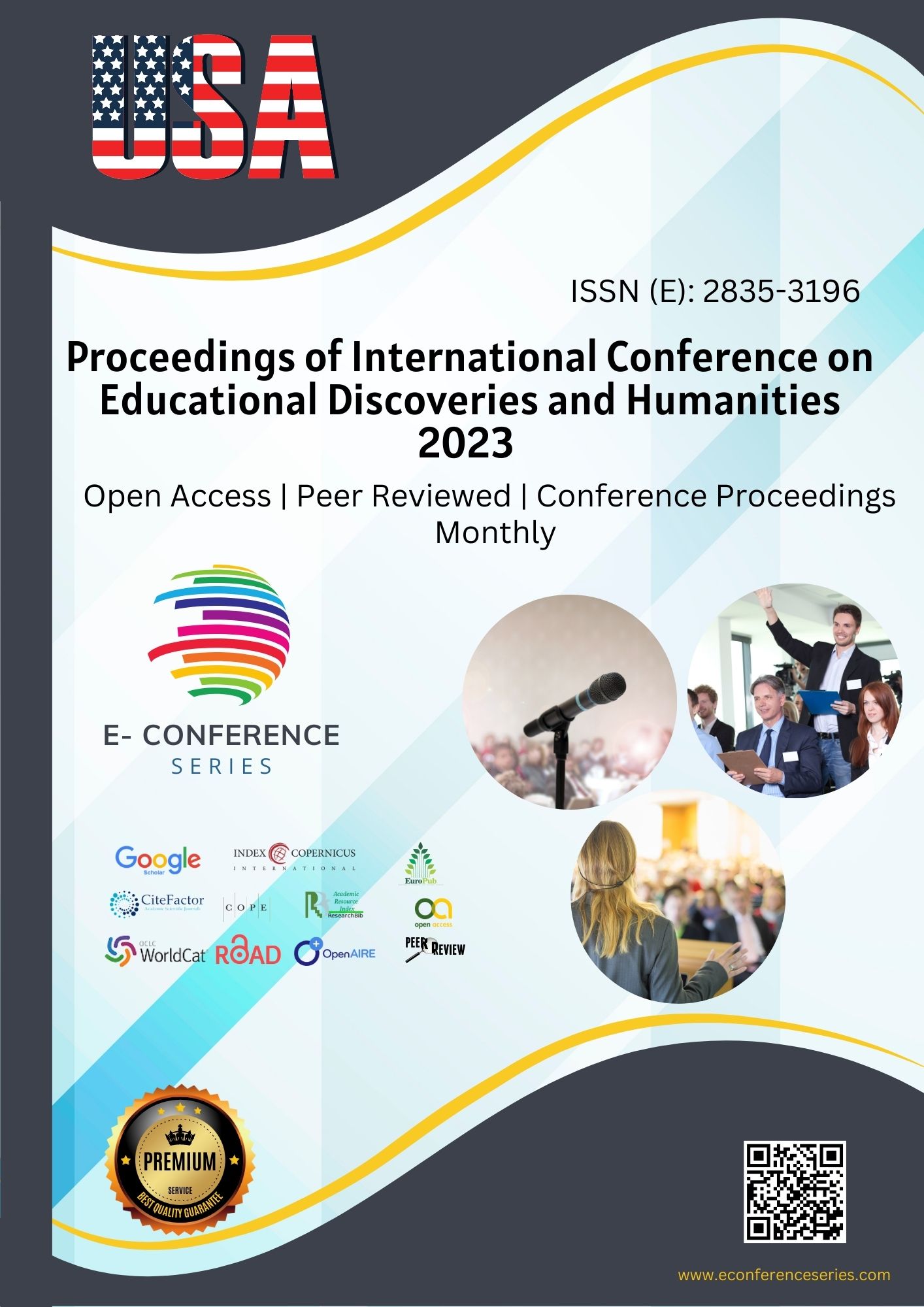ВОЗМОЖНОСТИ ИСПОЛЬЗОВАНИЕ ТЕЛЕГРАМ ЧАТ-БОТА CHAT GPT AI В ОБРАЗОВАТЕЛЬНЫХ ЦЕЛЯХ
Keywords:
чат-бот в образовании, ChatGPT AI, мотивация, инновационный подход, иностранный языкAbstract
В статье рассказывается о преимуществах использования чат-бота ChatGPT AI в преподавании и изучении иностранных языков, а также даются некоторые рекомендации для учителей иностранных языков и изучающих иностранный язык о возможностях использования чат-бот в образовательных целях. Чат-бот может улучшить словарный запас, обеспечить лингвистический ввод, разговорную практику, персонализированное обучение, а также проводить формирующее оценивание и обеспечивать немедленную обратную связь. Чат-бот доступен круглосуточно и без выходных, что позволяет учащимся практиковать свои языковые навыки в любое время и из любой точки мира. Использование данный чат-бот на базе ИИ может помочь учащимся улучшить грамматику, произношение и словарный запас, а также расширить их языковые возможности и поддерживать мотивацию.
References
Ashfaque MW, Tharewal S, Iqhbal S, et al. (2020, October) A review on techniques, characteristics and approaches to an intelligent tutoring chatbot system. In 2020 International Conference on Smart Innovations in Design, Environment, Management, Planning and Computing (ICSIDEMPC) (pp. 258–262). IEEE.
Bowman E (December 19, 2022) A new AI chatbot might do your homework for you. But it’s still not an A+ student. NPR. Retrieved January 5, 2022.
Chiu TKF, Moorhouse LM, Chai CS, et al. (2023) Teacher support and student motivation to learn with Artificial Intelligence (AI) based chatbot. Interactive Learning Environment. Epub Online. https://doi.org/10.1080/10494820.2023.2172044
Elsen -Rooney M (2023) NYC education department blocks ChatGPT on school devices, networks. Chalkbeat New York. Available at: https://ny.chalkbeat.org/2023/1/3/23537987/nyc-schools-ban-chatgpt-writing-artificial-intelligence (Accessed 28/1/23)
Fryer L, Carpenter R (2006) Bots as language learning tools. Language Learning & Technology 10(3): 8–14.
Fryer LK, Ainley M, Thompson A, et al. (2017) Stimulating and sustaining interest in a language course: an experimental comparison of chatbot and human task partners. Computers in Human Behavior 75: 461–468.
Fryer LK, Nakao K, Thompson A (2019) Chatbot learning partners: Connecting learning experiences, interest and competence. Computers in Human Behavior 93: 279–289.
Huang W, Hew KF, Fryer LK (2022) Chatbots for language learning – are they really useful? A systematic review of chatbot-supported language learning. Journal of Computer Assisted Learning 38(1): 237–257.
Kerly A, Hall P, Bull S (2007) Bringing chatbots into education: towards natural language negotiation of open learner models. Knowledge-Based Systems 20(2): 177–185.
Kuhail MA, Alturki N, Alramlawi S, et al. (2023) Interacting with educational chatbots: a systematic review. Education and Information Technologies 28: 973–1018.
Mackey A (2012) Interaction, Feedback and Task Research in Second Language Learning: Methods and Design. Cambridge: Cambridge University Press.
McMinn S (2023) ChatGPT killed the classroom star: AI’s rise means it’s time to rethink teaching and testing. South China Morning Post Online. Available at https://www.scmp.com/comment/opinion/article/3206436/chatgpt-killed-classroom-star-ais-rise-means-its-time-rethink-teaching-and-testing (Accessed 28/1/23)
Rettberg JW (2022) ChatGPT is multilingual but monocultural, and it’s learning your values. Blog entry. Available at https://jilltxt.net/right-now-chatgpt-is-multilingual-but-monocultural-but-its-learning-your-values/ (Accessed 28/1/22)
Schmidt RW (1990) The role of consciousness in second language learning. Applied Linguistics 11(2): 129–158.
Downloads
Published
Issue
Section
License

This work is licensed under a Creative Commons Attribution-NonCommercial 4.0 International License.








